Great Dane
Great Dane
America’s Gentle and Towering Giant
1. Introduction to the Breed
The Great Dane, securing the #27 spot in the 2024 American Kennel Club (AKC) rankings, is a gentle and towering breed cherished for its majestic size and kind-hearted nature. Known as the “Apollo of Dogs,” Great Danes combine elegance with strength, making them ideal for owners seeking a loyal, imposing companion. Their calm demeanor and affectionate personality shine in spacious suburban or rural homes, where their gentle giant presence brings warmth and protection to families.
2. History of the Breed
Originating in Germany over 400 years ago, Great Danes were bred from Mastiff-type dogs and sighthounds to hunt wild boar and serve as estate guardians. Their size and strength made them symbols of nobility, often kept by European aristocracy. Refined in the 19th century for companionship, they were recognized by the AKC in 1887. In the U.S., Great Danes gained fame as family pets, therapy dogs, and cultural icons, notably as Scooby-Doo, showcasing their gentle temperament and striking appearance.
3. Physical Characteristics
- Typical Size and Weight: Great Danes are giant, standing 28–32 inches tall at the shoulder (or taller). Males weigh 140–175 pounds, while females range from 110–140 pounds, with a muscular, elegant build.
- Coat and Color: Their short, smooth coat is glossy, in colors like fawn, brindle, black, blue, harlequin (white with black patches), or mantle (black and white). Shedding is minimal but noticeable due to their size.
- Distinctive Features: Great Danes have a broad, regal head, deep-set eyes, and a strong muzzle. Their long legs, deep chest, and graceful gait reflect their power and elegance.
4. Personality Traits
Great Danes are gentle, affectionate, and loyal, with a calm demeanor that earns them the “gentle giant” nickname. They form strong bonds with families, showing patience with children and familiar pets, though their size requires supervision. Their protective instincts make them alert watchdogs, but they’re typically friendly with strangers when socialized. Great Danes are intelligent but can be stubborn, needing owners who provide structure and moderate activity to prevent boredom or shyness.
5. Care Requirements
- Exercise Needs: Great Danes need 60–90 minutes of daily exercise, such as moderate walks, light jogging, or yard play. Mental stimulation through training or puzzle toys keeps their minds engaged without overexertion.
- Grooming Needs: Their short coat requires weekly brushing with a firm brush to manage shedding. Regular ear cleaning, nail trimming, and dental care prevent infections, with baths every 6–8 weeks for cleanliness.
- Dietary Considerations: A high-protein diet formulated for large breeds supports their massive frame, with glucosamine for joint health. Portion control prevents obesity, and small, frequent meals reduce bloat risk. Fresh water is essential post-exercise.
6. Health and Lifespan
Great Danes have a shorter average lifespan of 7–10 years due to their size. Common health issues include bloat (gastric dilatation-volvulus), hip dysplasia, dilated cardiomyopathy, and osteosarcoma. Regular vet checkups, heart screenings, and a healthy lifestyle mitigate risks. Owners should monitor for bloating, lameness, or lethargy and avoid high-impact activities to protect joints. Genetic testing from breeders reduces hereditary concerns.
7. Training and Socialization
Great Danes are intelligent and responsive but can be stubborn, requiring consistent, positive reinforcement training with treats or praise. Their large size demands early training to ensure manageability. Early socialization ensures comfort with strangers, children, and other animals, reducing shyness or overprotectiveness. Teaching commands like “sit” and “stay” helps control their size, and activities like obedience or therapy training channel their gentle nature effectively.
8. Ideal Home Environment
Great Danes thrive in spacious homes with secure yards, ideal for rural or suburban settings where they can move comfortably. They suit families or individuals with experience handling large breeds, providing supervision with children due to their size. Apartments can work if exercise needs are met, but a large space is preferred. Owners should ensure a calm, cool environment to prevent overheating and provide soft bedding for joint comfort.
9. What’s the Best Toy for My Great Dane?
Great Danes enjoy toys that suit their large size and gentle, moderate-energy nature. Durable chew toys made of tough rubber withstand their strong jaws, providing 20–30 minutes of chewing satisfaction, especially when stuffed with treats for mental stimulation. Large, sturdy balls for gentle fetching tap into their playful side, ideal for 15–20 minute outdoor sessions to avoid joint stress. Thick rope toys for tugging satisfy their strength, perfect for 15–20 minute interactive play with owners. Interactive puzzle toys with treat compartments engage their intelligence, keeping them occupied indoors for 15–20 minutes. Avoid flimsy or small toys, as Great Danes can destroy or swallow them, risking choking. Rotate toys regularly and pair with training for engagement.
10. Adoption and Breeder Tips
Choose breeders affiliated with the Great Dane Club of America, ensuring health clearances for hips, heart, thyroid, and eyes. Visit the breeder to assess puppy health, meet parents for temperament insights, and confirm ethical practices, including socialization and clean facilities. Rescues like Great Dane-specific organizations offer adoptable dogs, often with known histories. Avoid puppy mills, as Great Danes are prone to health issues if poorly bred. Ask about genetic testing, socialization, and the breeder’s experience with companion or show lines to ensure a healthy, well-adjusted dog.
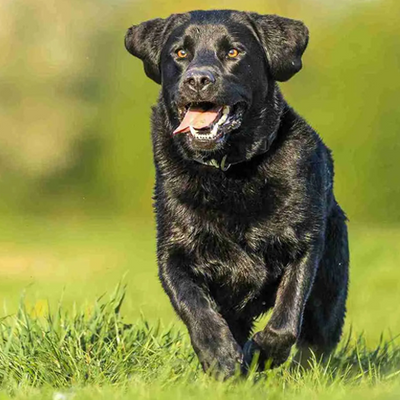
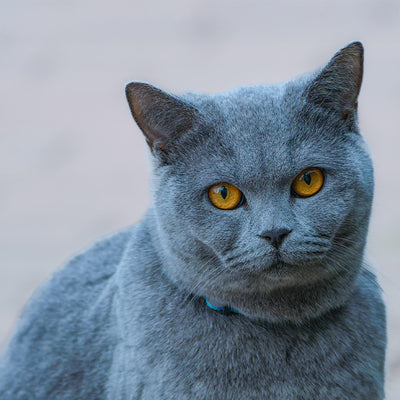
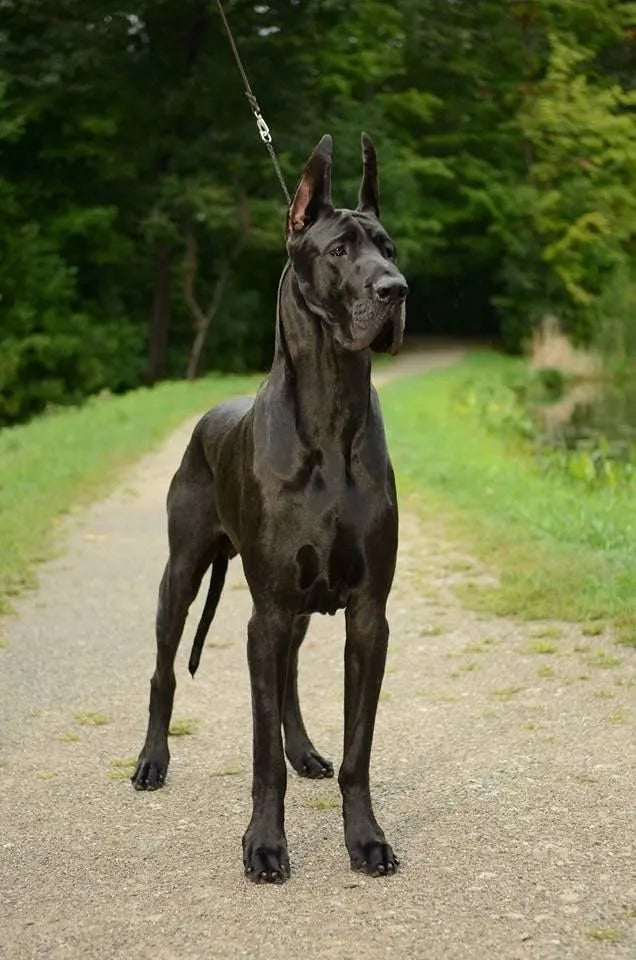
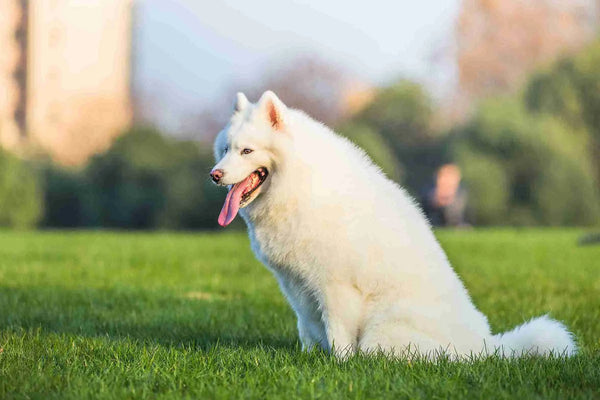
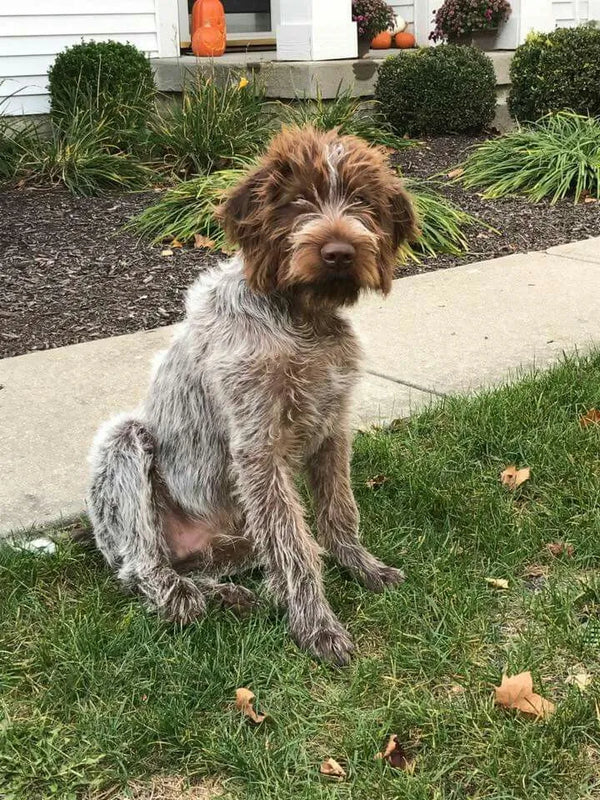
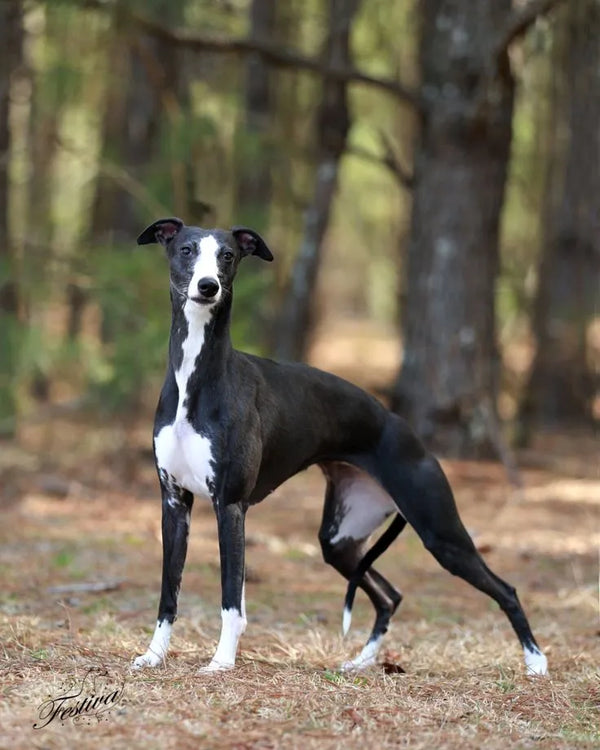
0 comments